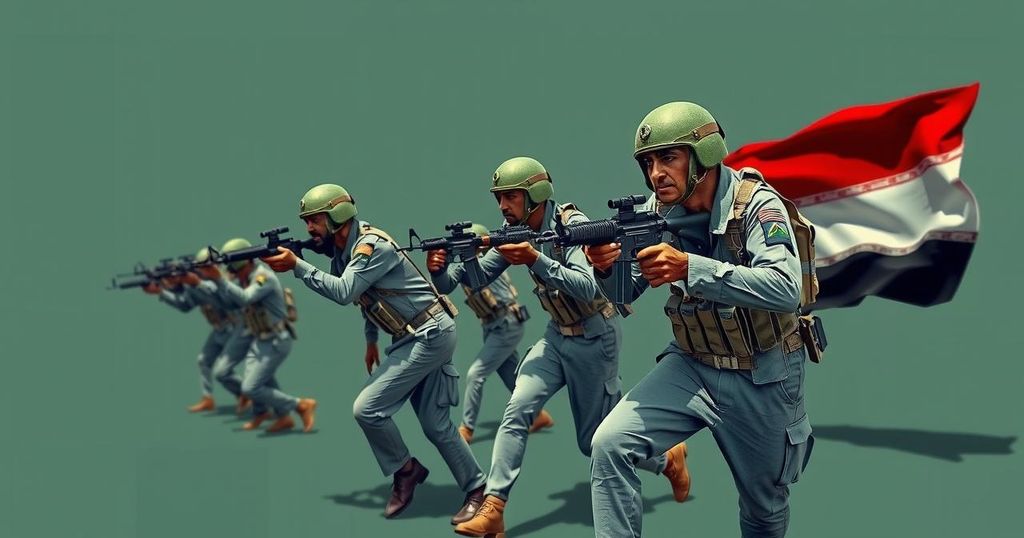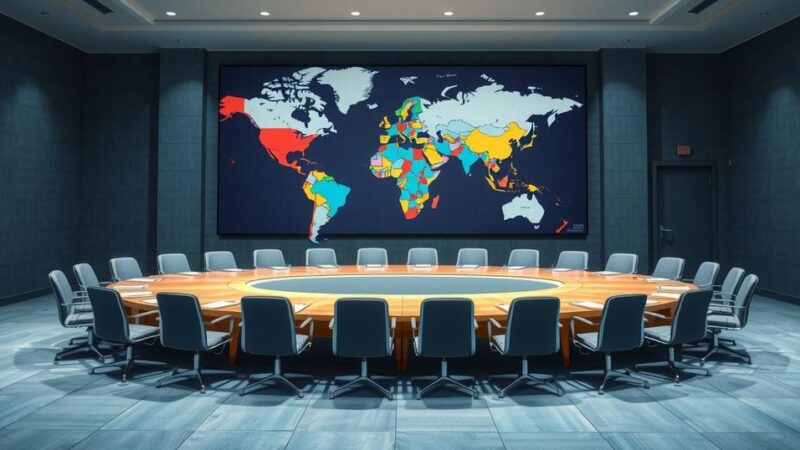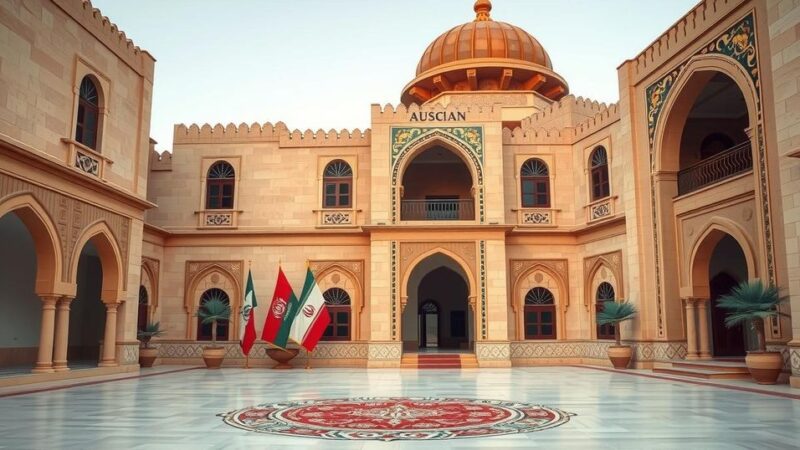According to a U.N. report, Yemen’s Houthi rebels have transformed into a powerful military force, significantly bolstered by Iranian support and their involvement in the Israel-Hamas conflict. They have conducted numerous maritime attacks, compromising global shipping security, while also increasing recruitment efforts among Yemeni youths, including children. This evolution signifies a major escalation in the Yemen crisis, implicating broader international security concerns.
The United Nations experts have indicated that Yemen’s Houthi rebels have evolved from a local armed faction with limited military prowess into a formidable military organization, a transformation largely attributable to robust support from Iran and its allied groups, such as Hezbollah and Iraqi militias. This development has occurred amid the ongoing conflicts in the region, particularly referencing the Israel-Hamas war, which has enabled the Houthis to bolster their positioning within Iran’s self-identified “Axis of Resistance.” Such actions have increased their prominence both locally and internationally. In recent military operations, the Houthis have targeted maritime vessels in the Red Sea and Gulf of Aden, significantly disrupting global shipping routes. Although the Houthis proclaimed their intention to engage only Israeli-associated ships, investigations by the U.N. panel revealed indiscriminate attacks against various vessels. Between November 15, 2023, and July 31, 2024, the Houthis reportedly carried out at least 134 attacks on merchant and military ships in these vital waterways. Experts conveyed that the nature and scale of these maritime assaults, employing weapons systems against civilian targets, is unprecedented since World War II. Moreover, the Houthis utilized a newly identified ballistic missile named Hatem-2 in their offensives. The findings of the five-member U.N. panel—including arms, regional affairs, and humanitarian law specialists—highlight a troubling alliance forming between the Houthis and various jihadist factions, including potential collaborations with al-Qaida-linked groups. The Houthi conflict with Yemen’s internationally recognized government has been ongoing since their takeover of the capital, Sanaa, in 2014. This internal conflict has escalated into a wider international crisis following the October 7, 2023, attacks. The panel noted that the Houthi forces have grown remarkably in number, from approximately 30,000 in 2015 to an estimated 350,000 currently, signaling a significant operational enhancement sustained by external military support. Despite lacking the ability to independently develop complex weaponry, the Houthis have benefitted from military supplies, training, and financial aid from Iranian forces and allied groups. Joint military cooperation centers have reportedly been established in Iraq and Lebanon to facilitate coordination among various actors within the Axis of Resistance. Internally, the Houthis have amplified their military efforts against the Yemeni government, engaging in the recruitment of young individuals, including children, and exploiting vulnerable populations for military purposes, including narcotics trafficking. Reports reveal concerning statistics on child recruitment, with the Yemeni government documenting over 3,298 incidents in early 2024, where children are utilized in various combat roles and other dangerous tasks.
The article discusses the transformations undergone by the Houthi rebels in Yemen, illustrating their evolution from a localized militia to a sophisticated military force with external backing. The U.N. report uncovers how these developments relate to broader geopolitical conflicts, particularly the Israel-Hamas war, and emphasizes the significant ramifications of Houthi actions on global shipping and regional security. The involvement of Iran and its affiliates in bolstering Houthi capabilities amidst a civil war that has morphed into an international crisis underscores the wider implications of the conflict.
In summary, the Houthi rebels have transitioned into a potent military force with considerable external support, particularly from Iran, marking a pivotal change in the dynamics of the Yemen conflict. This transformation has been accompanied by alarming trends in child recruitment and indiscriminate attacks on maritime vessels, which pose serious threats to regional stability and international security. The ongoing crisis reflects a complex interplay of local conflicts with global geopolitical tensions, necessitating urgent international attention and action.
Original Source: www.voanews.com






